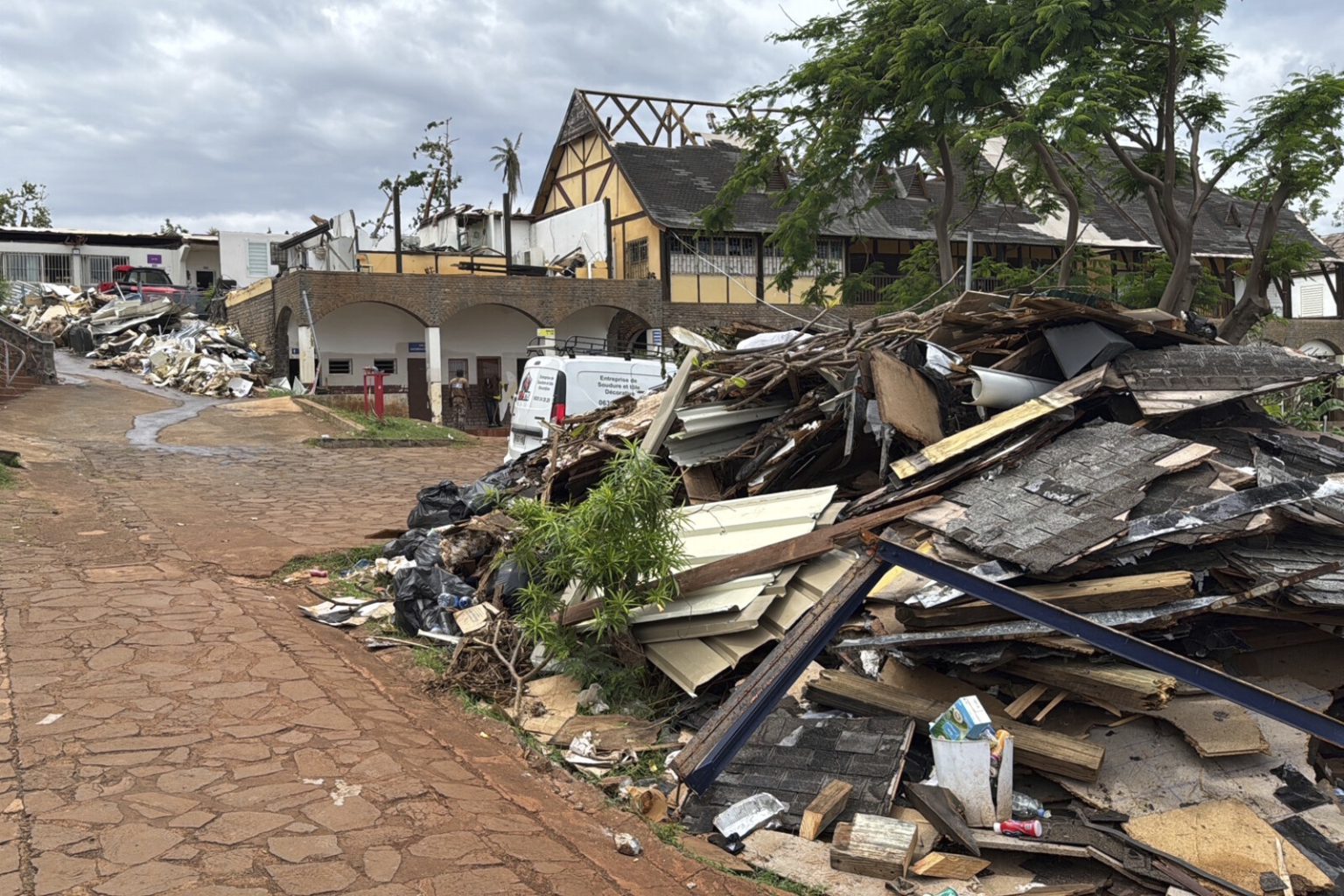The year 2024 witnessed a devastating impact of extreme weather events on children’s education globally, with a staggering 242 million children across 85 countries missing school due to heatwaves, cyclones, floods, and other climate-related crises. This disruption disproportionately affected vulnerable populations in low and middle-income countries, particularly in Asia and sub-Saharan Africa, highlighting the intersection of climate change, poverty, and access to education. While these regions bore the brunt of the impact, the consequences were also felt in southern Europe, where extreme weather events disrupted schooling for hundreds of thousands of children. This widespread disruption underscores the urgent need for global action to mitigate climate change and bolster the resilience of education systems in the face of increasing climate-related challenges.
Heatwaves emerged as the dominant climate threat to children’s education in 2024. A scorching heatwave that swept across vast swathes of the Middle East and Asia in April, with temperatures soaring above 40 degrees Celsius, forced over 118 million children to miss school. The physiological vulnerability of children to extreme heat exacerbates the problem. Their bodies heat up faster, cool down slower, and sweat less effectively than adults, making them particularly susceptible to heat stress and dehydration. This physiological reality translates into an inability to concentrate in sweltering classrooms, impacting their learning and overall well-being. The sheer scale of school closures due to heat underscores the growing urgency of adapting educational infrastructure and schedules to accommodate the realities of a changing climate.
Beyond the immediate disruption to learning, the impact of extreme weather on education extends to the destruction of educational infrastructure. Floods and cyclones can wash away schools entirely, leaving children without access to education for extended periods. Even when schools remain standing, floodwaters can render them inaccessible, disrupting the educational journey of countless children. The rebuilding process can be lengthy and costly, further hindering access to education, especially in resource-constrained communities. This underscores the need for climate-resilient infrastructure in schools and surrounding communities to minimize the long-term impact of these events on children’s education.
The disproportionate impact of extreme weather on children in low and middle-income countries further highlights the existing inequalities exacerbated by climate change. These countries often lack the resources to adequately prepare for and respond to extreme weather events, leaving their education systems particularly vulnerable. The lack of resilient infrastructure, early warning systems, and contingency plans further amplifies the disruptive effects of these events. This reinforces the urgent need for international cooperation and support to build the capacity of these countries to protect their children’s education from the escalating impacts of climate change.
UNICEF Chief Catherine Russell emphasizes the unique vulnerability of children to weather-related crises, highlighting their physiological susceptibility to heat and the disruption caused by flooded pathways and damaged school buildings. This underscores the moral imperative to prioritize children’s safety and well-being in the face of climate change. The impact on children’s education is not just a statistical figure; it represents a lost opportunity for millions of children, potentially jeopardizing their future prospects and contributing to wider societal inequalities. The global community must recognize and address this pressing issue with the urgency it demands.
The report reveals a concerning lack of preparedness in education systems worldwide to cope with the escalating impacts of extreme weather. Schools and education systems are largely ill-equipped to handle the disruptions caused by these events, highlighting the need for significant investment in climate-resilient infrastructure, early warning systems, and contingency plans. This includes adapting school calendars, developing heat action plans, and ensuring access to safe drinking water and sanitation facilities in schools. Furthermore, integrating climate change education into the curriculum can empower children with the knowledge and skills to adapt to and mitigate the impacts of climate change in their own communities. Addressing this challenge requires a multi-faceted approach involving governments, educational institutions, international organizations, and local communities working together to ensure that children’s education is not compromised by the growing threat of extreme weather.














